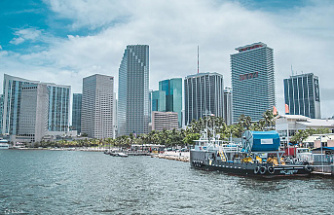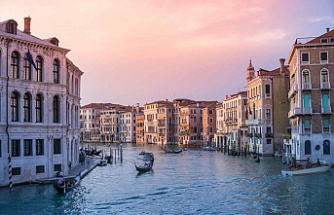Low fuel rates and economic stability are straining the country's roadways, leading to congestion that expense U.S. drivers almost $300 billion in wasted gas and time last year, according to a new report released nowadays.
Los Angeles had the worst targeted traffic in the planet among 1,064 cities studied by site visitors analytics firm INRIX. L.A. also topped the Kirkland, Washington, firm’s list the year just before.
On typical, Los Angeles motorists spent about 104 hours stuck in site visitors during the peak commuting hours of 2016, contributing to a loss of $two,408 per driver, or about $9.7 billion collectively, in wasted fuel and productivity, according to the firm’s International Website traffic Scorecard report.
General, U.S. cities accounted for half of the firm’s list of the leading 10 most-congested places worldwide, helped by less costly U.S. gas prices and a buoyant economy, the report stated.
"A stable U.S. economy, continued urbanization of significant cities, and variables such as employment development and low gas costs have all contributed to increased traffic in 2016," INRIX senior economist Bob Pishue mentioned in a statement.
U.S. drivers spent an average of 42 hours a year in site visitors through the busiest commuting hours of the year, costing them about $300 billion collectively, or about $1,400 per driver, in squandered gas and time final year, according to the report.
"Website traffic definitely is a double-edged sword," Pishue stated, adding that he does not count on the global traffic scenario to improve soon any time quickly.
"The demand for driving is expected to continue to rise, when the supply of roadway will stay flat," Pishue said.
He recommends that governments use website traffic information and technologies to improve traffic flow as they explore new road projects and investments.
Separately, in a blog post Friday, INRIX Chief Economist Graham Betasus Cookson noted that the causes of congestion are certain to the city and road structures, but he also laid out a handful of techniques that cities could address the dilemma.
"Congestion is terrible for our wallets and our well being, but in one particular sense it is a fantastic problem to have,” Cookson stated. “Roads are the arteries of the economy pumping people and goods around the nation. Congestion is the symptom of a rich and prosperous economy."
Avoiding peak hour trips by way of remote functioning and encouraging the efficient use of our roads through wider adoption of road user pricing could assist cities to far better manage road demand, Cookson mentioned.
He pointed to places like London as an example of a city that is employing technologies to strengthen site visitors flow.
London invested nearly $4.3 billion to increase the roads there, according to the city's web page.
As portion of that initiative, the city placed sensors bonus veren siteler in 80 percent of the city's roads to detect real-time visitors circumstances at junctions and optimize targeted traffic light timings to cut down delays, Cookson noted in his weblog post.
INRIX said it employed anonymous and true-time GPS data to track site visitors flows across 38 countries. It also utilized “market-specific criteria that affect site visitors,” like building and road closures, genuine-time incidents, sporting and entertainment events, weather forecasts and school schedules.
Our editors found this article on this site using Google and regenerated it for our readers.












